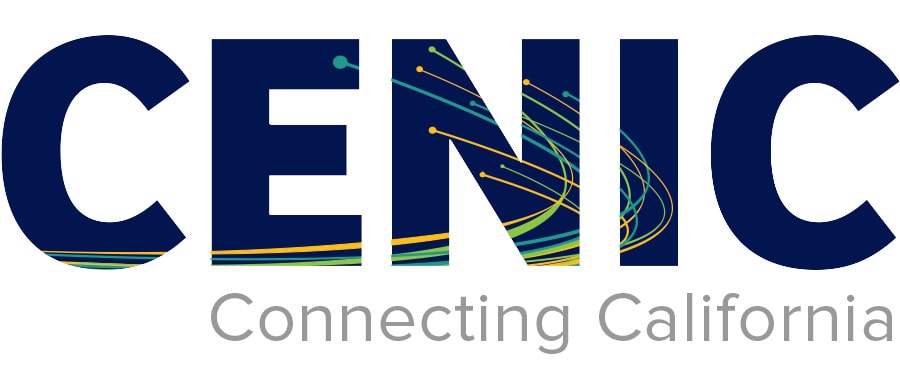The Big Pixel Initiative: using satellite data to map urbanization, schools, and refugee camps
One question addressed by the Big Pixel Initiative (BPI) at the University of California San Diego is whether today’s computing capacity can tackle a multitude of high-resolution satellite images to automatically identify and map neighborhoods in urban areas of India. The case study, which could revolutionize large-scale analysis of global urbanization trends, is one of several BPI projects at UCSD’s Qualcomm Institute and School of Global Policy and Strategy. UCSD passes data over on CENIC’s California Research and Education Network.
The BPI research center was created to address some of the world’s great challenges by combining state-of-the-art geospatial analysis and remote sensing techniques with scalable computing and machine learning to better harness big geospatial data. “We’re interested in the spatial dimension of the research questions we investigate,” said BPI Coordinator and Spatial Data Scientist Jessica Block. “When we’re looking at various communities or countries, we’re investigating social, economic, and spatial aspects of the research in relationship to tree cover, rivers, or urbanization, for example.”
Much of the data BPI uses is from satellites. Satellites have been collecting imagery as early as 1972’s LandSat 1, with more than 3.5 million scenes captured since then in the Landsat program. Today 1,419 satellites circle the Earth with 274 of these dedicated to Earth observation. “We’re looking for what has changed over space and time. Now, we’re moving to cloud-based computation platforms, including Google Earth and Amazon Web Services, for geospatial analysis at scale,” said Block.
Mapping Urbanization Trends in India
The case study in India uses imagery from the Worldview2 satellite to identify informal settlements in cities by applying unsupervised machine learning techniques. “We use machine learning libraries traditionally used for photographs to learn from segments of satellite imagery to find poor versus wealthy neighborhoods,” said Block. Producing these types of differentiated maps for communities or countries can be very helpful for governments, social service agencies, or even insurance companies looking to understand where their services could be most helpful or valuable. One question to pursue now is whether training applied to cities in India only works in similar urban areas or if it could be applied to all cities around the world, with computers able to learn and distinguish differences. “Or can a network of networks provide unsupervised clusters that can learn beyond set boundaries?” Block said.
Main image caption: Researchers manually labeled 21,030 polygons in India as “built up” or “not built up” and used the data for supervised image classification and detection of urban areas. This image shows the expansion of Ahmedabad, India, from 2000 to 2014.
Another project at BPI used the Google Earth Engine’s Landsat image archive to measure urban land cover boundaries over time. Conducted by Gordon Hanson, a BPI founder and economics professor, and Ran Goldblatt, a post-doctoral scientist focused on remote sensing, the project used machine learning with trained image classifiers to map urbanization extents for the entire nation of India.
Urbanization is a fundamental force that shapes many dimensions of the modern world, from land cover and land use around cities to economics and policy-making. However, the rate and magnitude of these changes have not yet been mapped globally with sharp precision. Traditionally, when researchers analyze urbanization data, they search for images or vector layers and download all the information to their personal computer. To understand large-scale phenomenon in cities and countries, much more powerful and parallel computer platforms are needed to run the analysis.
Unprecedented Access to Satellite Imagery
BPI got started through a partnership with Colorado-based DigitalGlobe. In an effort to foster the next generation of geospatial science leaders, the company offered researchers and students at UCSD and the University of Minnesota free access to Global Basemap, the largest private collection of high-resolution satellite imagery. BPI also partners with Google to use the Google Earth Engine platform to combine a multi-petabyte catalog of satellite imagery and geospatial datasets with planetary-scale analysis capabilities. BPI’s satellite imagery is accurate down to an image resolution of about 30 centimeters.
Other BPI projects include: mapping schools in Africa to address connectivity and infrastructure gaps and improve access to information and education; surveying 30,000 mines across the world to show that global economic cycles and booms in mineral commodity pricing have a significant impact on forest cover loss; and identifying refugee camps to quantify the movements of a highly dynamic and hard-to-measure population. The school mapping project is part of a larger UNICEF Innovation Initiative to combine satellite imagery and machine learning to automatically map every school in the world.
BPI runs a dozen research projects in addition to offering courses on geographic information systems. GIS enables us to visualize, question, analyze, interpret, and understand data to reveal relationships, patterns, and trends. Through this work, BPI is developing powerful decision-making tools for real-world problems, while also preparing students with the research and technological tools they need to get in-demand jobs.
For more information please contact our contributor(s):

